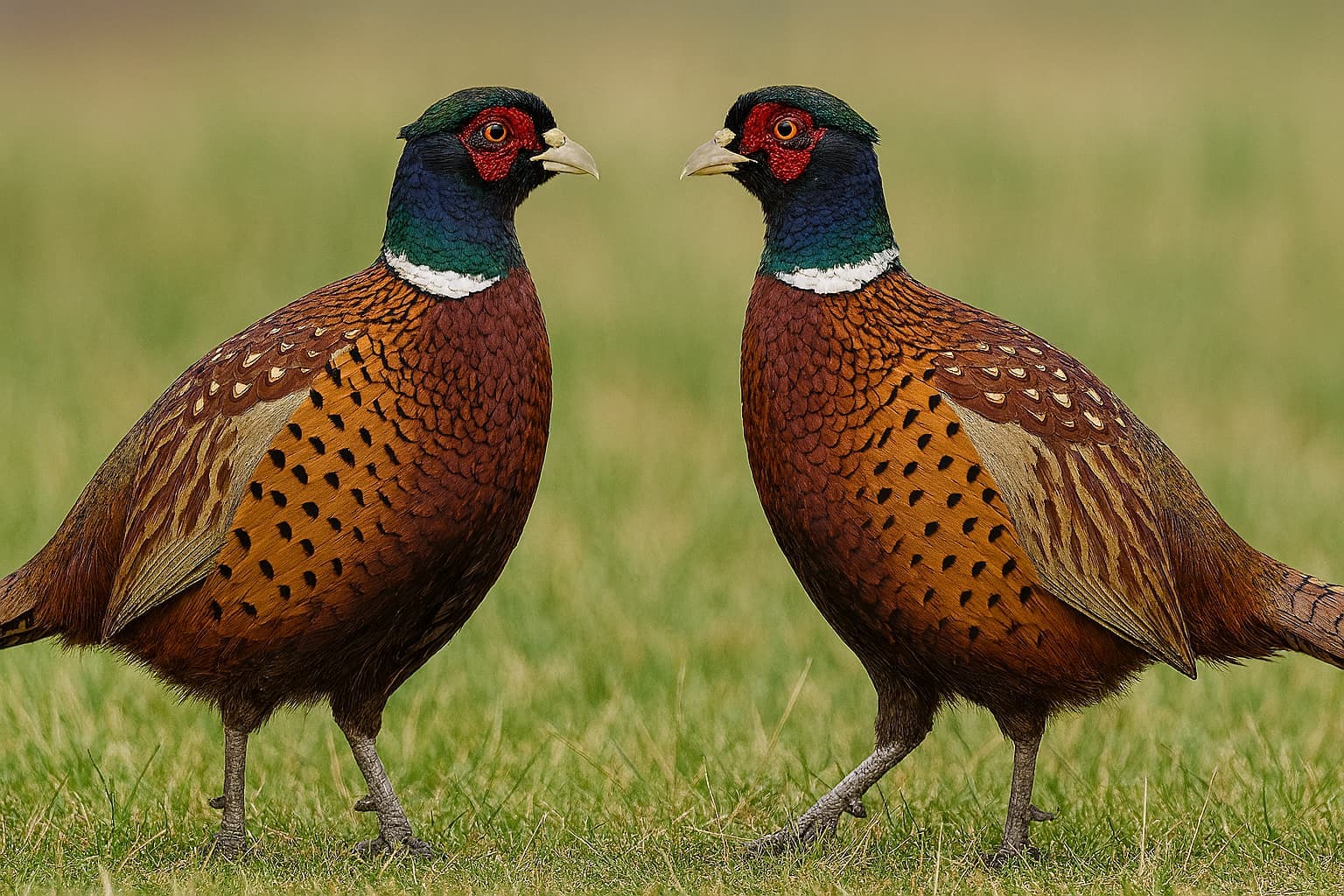Hard Mouth — The Eliminating Fault That Ends Trials
We explore hard mouth in gundog field trials. What constitutes hard mouth, how judges identify it, and why it's an eliminating fault.

Practical J-Regs: Hard Mouth or Just Heavy? Judging Delivery Faults in Field Trials
A dog’s mouth is one of the most scrutinised aspects of a field trial performance. But how can a judge tell the difference between a genuine hard mouth and a careless or heavy delivery?
In this article, we explore a common but tricky scenario and how the Kennel Club J Regulations guide the judge’s response.
🐕 Scenario: Damage Found on the Bird
You’re judging an Open Retriever Field Trial. Dog 11 is sent for a lively runner in rough ground. It hunts hard, makes the retrieve, and delivers briskly to hand.
On inspection, the bird shows visible damage to the ribcage and one wing, with signs of internal trauma. The wound is not consistent with shot damage. You did not see any rough handling visually on the return.
🧑⚖️ Step-by-Step: What the J Regs Say
📌 1. What Is Hard Mouth?
J(B)5 – Eliminating Faults: “Hard mouth” is listed as an eliminating fault.
J(B)6 – Definition Guidance: “Where a bird is badly mauled by a dog, it must be considered hard-mouthed and eliminated. This should be the decision of a majority of the Judges.”
In other words, visible evidence of damage not caused by the shot, especially when accompanied by internal trauma, can indicate hard mouth — and that results in elimination.
📌 2. But What If It’s Just a Heavy Delivery?
A “heavy mouth” is when:
- The dog grips firmly but not destructively
- The bird shows minor feather disturbance or bruising
- The bird is not punctured or crushed
A dog may be marked down for lack of care in delivery — but unless the bird is badly mauled, this is not grounds for elimination.
🧠 This is a subtle but important distinction that requires all judges to inspect the game and come to a joint decision.
📌 3. Does the Handler’s Manner Affect the Outcome?
No — although a confident handler may try to explain away the damage, the evidence is in the bird.
However, a handler should be given the benefit of clear communication from the judges — especially if this is the reason for elimination.
📌 4. What If the Dog Picked a Runner?
If the bird was alive when picked, damage may occur naturally in the struggle. Judges must assess:
- Was the damage consistent with a live catch?
- Was the bird crushed beyond what is reasonable?
Judges should also consider the dog’s pick-up style, the terrain, and whether similar damage has occurred on other retrieves.
Consistency is critical — if other dogs are returning clean birds, and one is damaging them, that dog is the problem.
📝 Judges’ Book Example
- "Retrieved runner — rib and wing damage not consistent with shot — hard mouth — eliminated (J(B)5)"
✅ If judged not hard-mouthed, a note might read: "Heavy delivery — minor feather loss — marked down"
🧑🏫 Handler Takeaway
Hard mouth can end an otherwise excellent trial run. To avoid this:
- Practise soft delivery under excitement
- Vary retrieves (dead, lively, runners) in training
- Use foam or cold game in training to simulate real scenarios
- Watch for tension, shaking, or extra mouthing on return
Even one incident of serious damage is enough to warrant elimination — judges are not looking for repeated offences.
🧾 Summary Table
| Situation | Outcome |
|---|---|
| Bird returned crushed or punctured | ❌ Eliminated — hard mouth |
| Minor feather loss or bruising | ⚠️ Marked down — heavy delivery |
| Bird was a live runner, damage unclear | ⚠️ Judges confer — possible elimination |
| Damage consistent with shot or terrain | ✅ No penalty |
📚 Further Reading
More from Applying the J-Regs
Continue exploring applying the j-regs articles

Wrong bird picked
A real-world gundog field trial example showing how the Kennel Club J Regulations apply. Learn how judges use the rules when dogs make mistakes or show exceptional work.

When a Dog Is Eye-Wiped — What Happens Next?
We explore what happens when a gundog is eye-wiped in a field trial. A clear breakdown of how the Kennel Club J Regulations apply to this crucial judging decision.

Vocal on a Line — Is It Elimination or Just a Mark Down?
We explore what happens when a gundog vocalises during a retrieve. When does noise become an eliminating fault, and when is it just poor style?